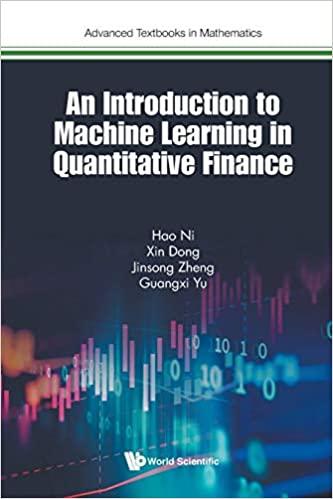Question
Quantitative Problem 1: Assume today is December 31, 2013. Barrington Industries expects that its 2014 after-tax operating income [EBIT(1 T)] will be $420 million and
Quantitative Problem 1: Assume today is December 31, 2013. Barrington Industries expects that its 2014 after-tax operating income [EBIT(1 T)] will be $420 million and its 2014 depreciation expense will be $65 million. Barrington's 2014 gross capital expenditures are expected to be $120 million and the change in its net operating working capital for 2014 will be $25 million. The firm's free cash flow is expected to grow at a constant rate of 6.5% annually. Assume that its free cash flow occurs at the end of each year. The firm's weighted average cost of capital is 8.5%; the market value of the company's debt is $2.4 billion; and the company has 190 million shares of common stock outstanding. The firm has no preferred stock on its balance sheet and has no plans to use it for future capital budgeting projects. Using the corporate valuation model, what should be the company's stock price today (December 31, 2013)? Round your answer to the nearest cent. Do not round intermediate calculations.
$_____ per share
Quantitative Problem 2: Hadley Inc. forecasts the year-end free cash flows (in millions) shown below.
| Year | 1 | 2 | 3 | 4 | 5 |
| FCF | -$22.53 | $38 | $43.7 | $51.4 | $56.7 |
The weighted average cost of capital is 9%, and the FCFs are expected to continue growing at a 5% rate after Year 5. The firm has $25 million of market-value debt, but it has no preferred stock or any other outstanding claims. There are 18 million shares outstanding. What is the value of the stock price today (Year 0)? Round your answer to the nearest cent. Do not round intermediate calculations.
$_______ per share
Step by Step Solution
There are 3 Steps involved in it
Step: 1

Get Instant Access to Expert-Tailored Solutions
See step-by-step solutions with expert insights and AI powered tools for academic success
Step: 2

Step: 3

Ace Your Homework with AI
Get the answers you need in no time with our AI-driven, step-by-step assistance
Get Started


